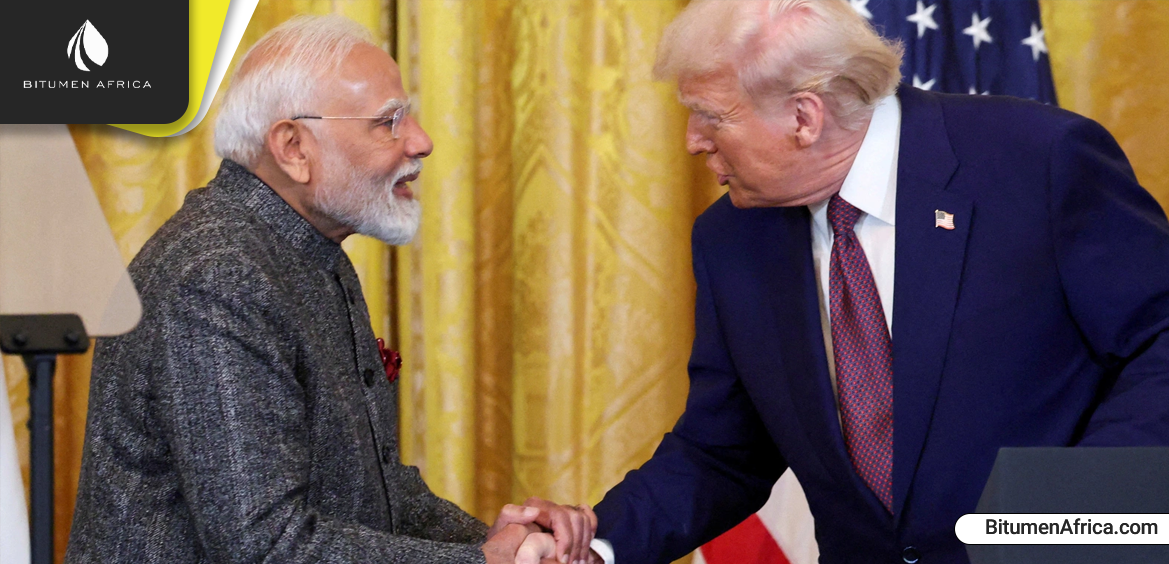In a world where diplomacy is increasingly driven by energy flows, India finds itself at a crossroads. Washington has made it clear: any progress on a U.S.–India trade deal depends on New Delhi dialing back its Russian oil imports. The message is blunt—less Russian crude, fewer tariffs.
But India isn’t folding. Commerce Minister Piyush Goyal called recent negotiations “constructive,” yet behind the scenes, Indian officials are exploring creative alternatives. Could Iranian or Venezuelan oil fill the gap if Washington lifts sanctions? It’s a strategic dance, aimed at preserving India’s energy independence while easing U.S. pressure.
This isn’t just about trade—it’s about sovereignty. India has long championed “strategic autonomy,” especially in energy policy. The U.S., meanwhile, is using tariffs as leverage, pushing countries to align with its geopolitical stance. India sees a double standard: while it’s urged to cut Russian ties, the West continues selective trade with Moscow.
With tariffs now at a staggering 50%, India faces a tough choice. Yield slightly and unlock trade relief—or stand firm and risk a prolonged standoff. Either way, the outcome will shape not just fuel prices, but the future of global diplomacy where oil is more than a commodity—it’s a currency of influence.

